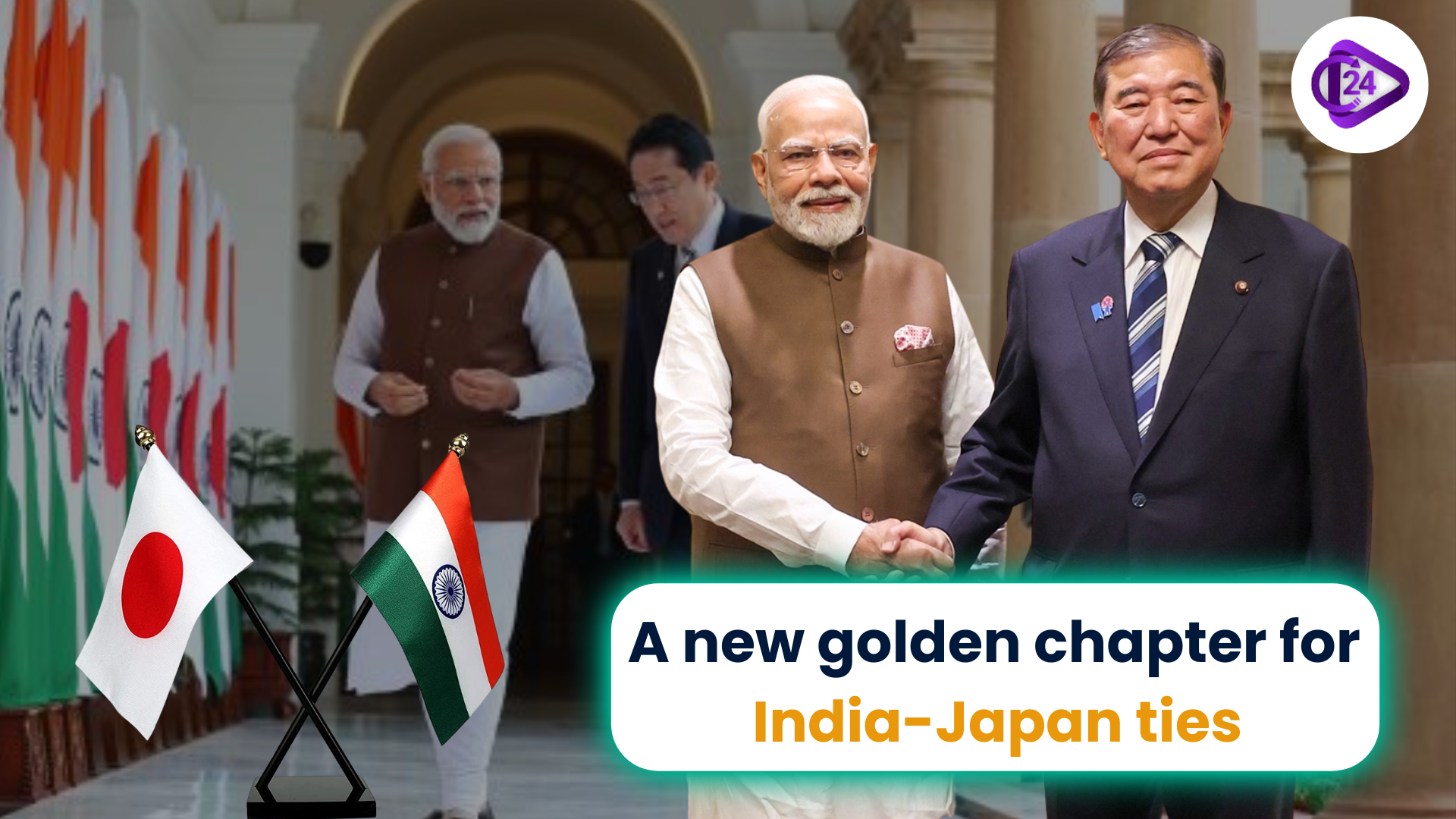
The recent trip by Prime Minister Narendra Modi to Japan has rejuvenated India-Japan relationship as the two nations are looking forward to strengthening relationship in the field of technology, trade and labour mobility. Although the two have been enjoying good security cooperation and strategic alignment, economic relations have tended to trail behind with Japanese companies performing poorly in India. The next major issue is enhancing the interaction between individuals in the form of academic and skills migration to accompany the heightening political and business relationships. The future of their cooperation will be based on the ability to translate the plans into real results as both states shift the level of cooperation and adopt a competitive one.
Key Points in Detail
Enhancement of Economic Relationships.
-
Historical Background: This relationship between India and Japan has always been focused on security, and in the initial phases, their alignment on the Indo-Pacific vision of the former Japanese Prime Minister Shinzo Abe was achieved. Nevertheless, economic cooperation, even with positive rhetoric, has been rather unsuccessful.
-
Commercial Issues: The Japanese brands except for few such as Maruti Suzuki have not performed well in the huge consumer market in India. The recent visit of Prime Minister Modi is considered as a strategic impetus to spur up commercial relationships and lead to more Japanese investments in India.
Key Outcomes from the Summit:
-
Target in the Private Investment: The target in the private investment is to achieve a target of 68 billion in the coming 10 years.
-
Technological Cooperation: The focus on semiconductors, artificial intelligence (AI), and lunar science cooperation.
-
Labor Mobility: This is a program that was formulated to export 500,000 skilled Indian workers to Japan to solve the Japanese labor shortage problem.
Geopolitical Environment and Political Situation.
Japanese politics: Uncertainty:
-
Although the India-Japan relations have a good trend, domestic politics of Japan are a challenge.
-
Prime Minister Shigeru Ishiba is a troubled leader whose three consecutive electoral defeats, and the risk of a premature leadership challenge.
-
This unstable politics restricts Japan diplomacy bandwidth, and it influences its international influence in the midst of when the Quadrilateral Security Dialogue (QUAD) is equally uncertain especially regarding the potential absence of a US President, Donald Trump, in a forthcoming summit in Delhi.
-
Sharing Values of India and Japan: The two countries share a common perception in terms of commitment to democratic values and freedom, which is one of the major ideologies to be used as a powerful basis in future relationships. Although the relations with the US have been shaken in the short term, especially in bilateral disagreements, both countries stick to the principles of these values.
Strategic Outlook
-
A Call to Action: Taniguchi urged India and Japan to encourage US participation in the QUAD system and also made sure that the four-country arrangement remains vibrant, irrespective of the political upheaval in the US.
-
India and its role: In the case of India, the message is straightforward in that Japan is a fellow like-minded democracy that holds a future vision of India. Nevertheless, since now both nations have been tackling the issue of transitioning cooperative intent to competitive grandeur. The years of cautious optimism have now to be substituted by concrete results in the shape of factories, labs, joint patents.
Conclusion
The rejuvenation of the India-Japan relations with the visit of Prime Minister Modi is the new start of the relationship of the two democracies. Both countries have invested heavily in technology, trade, and free movement of labor, thus will enhance their international status. Nonetheless, the ultimate achievement of this association will rely on the increase in person-to-person interactions, especially at the educational or workforce attainment. As the two countries strive to achieve their common vision, they need to make strategies work into action thus making their partnership achieve its maximum potential. In the case of UPSC, it has emphasized the role of bilateral relationships, geopolitics, and people-centred diplomacy in international relationships.



 Riyadh Metro Breaks Guinness World Record as Longest Driverless Metro Network
Riyadh Metro Breaks Guinness World Record as Longest Driverless Metro Network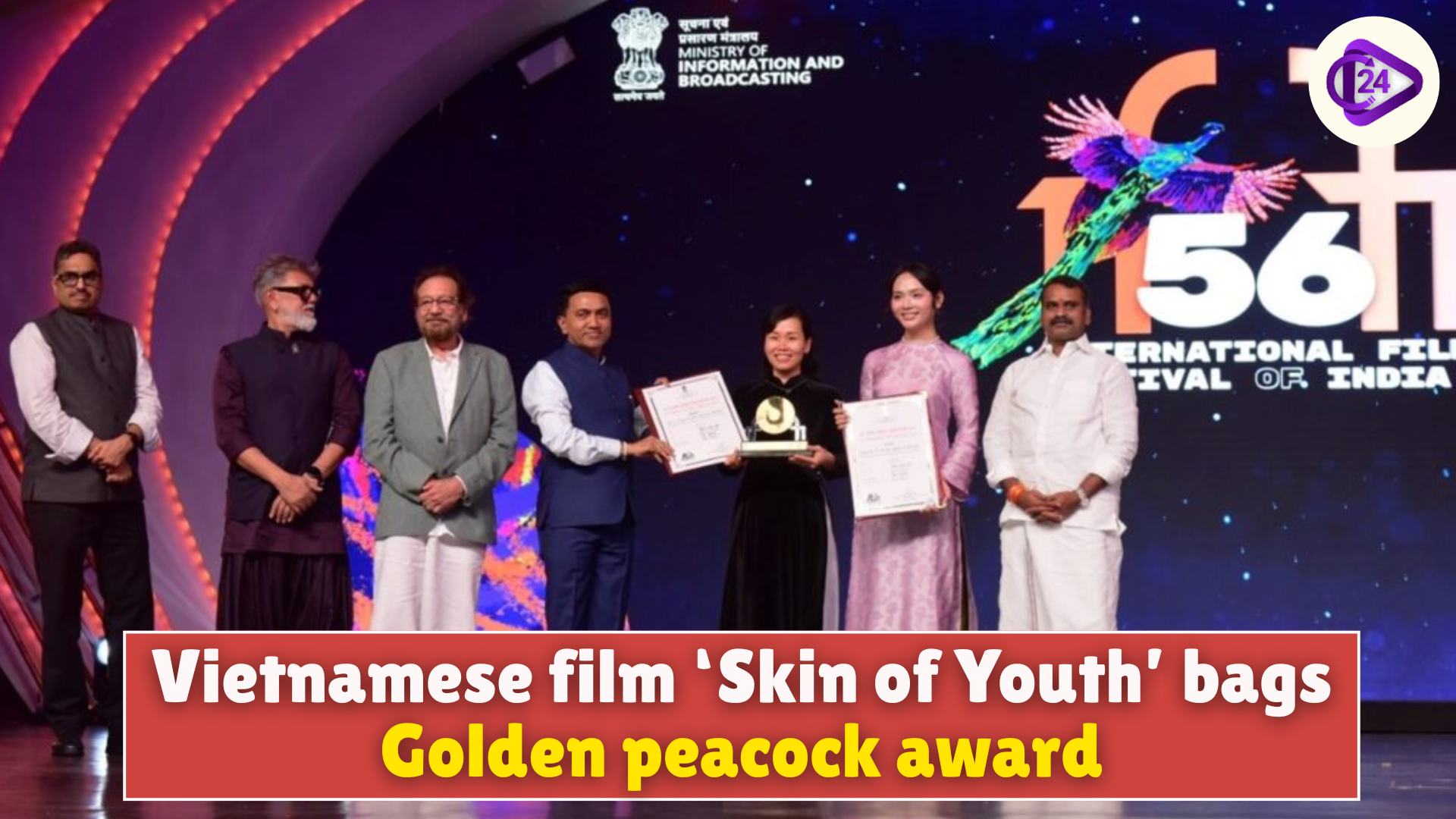 Vietnamese Film ‘Skin of Youth’ Bags Golden Peacock Award
Vietnamese Film ‘Skin of Youth’ Bags Golden Peacock Award India Launches Operation Sagar Bandhu to Support Sri Lanka After Cyclone Ditwah
India Launches Operation Sagar Bandhu to Support Sri Lanka After Cyclone Ditwah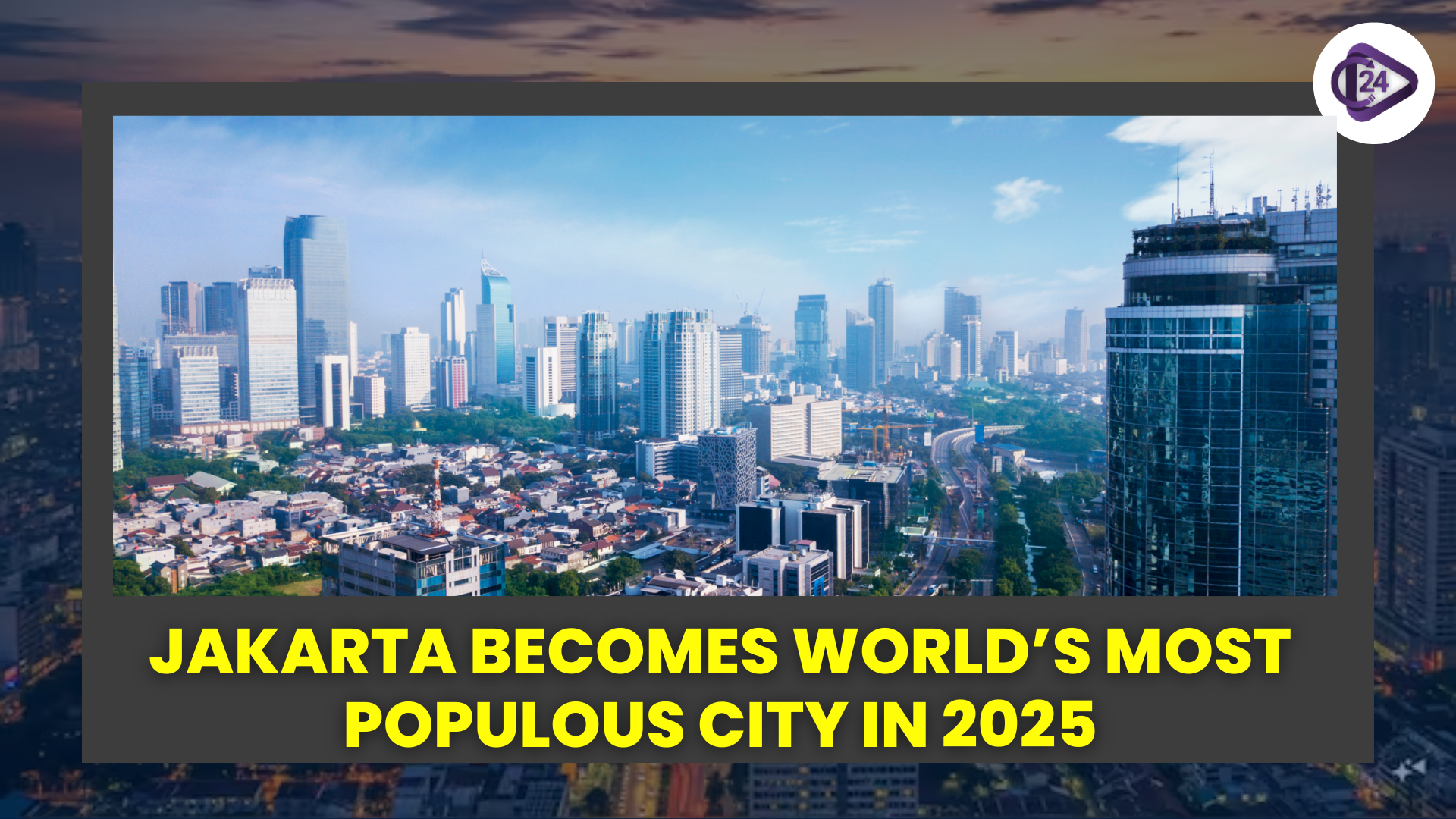 Jakarta Becomes World’s Most Populous City In 2025
Jakarta Becomes World’s Most Populous City In 2025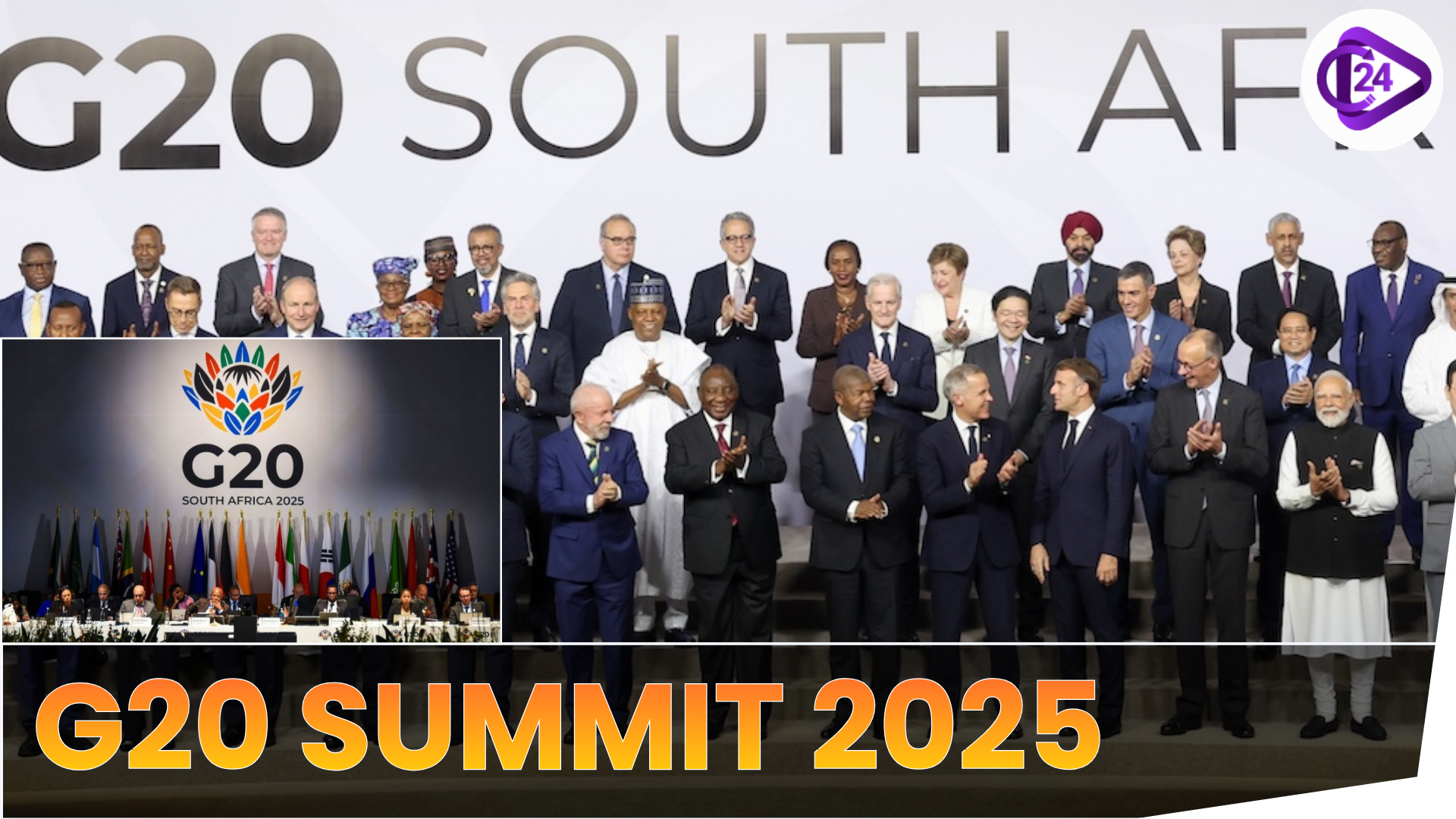 G20 Summit 2025 Overview: Theme, Venue Countries and Goals Explained
G20 Summit 2025 Overview: Theme, Venue Countries and Goals Explained Hayli Gubbi Eruption Raises Regional Alert Across Ethiopia and Neighbouring Nations
Hayli Gubbi Eruption Raises Regional Alert Across Ethiopia and Neighbouring Nations Tom Cruise Finally Gets His Oscar Glory at the 2025 Governors Awards
Tom Cruise Finally Gets His Oscar Glory at the 2025 Governors Awards David Szalay Achieves Global Recognition with 2025 Booker Prize Win for Flesh
David Szalay Achieves Global Recognition with 2025 Booker Prize Win for Flesh Maldives Becomes First Nation to Enforce Generational Smoking Ban
Maldives Becomes First Nation to Enforce Generational Smoking Ban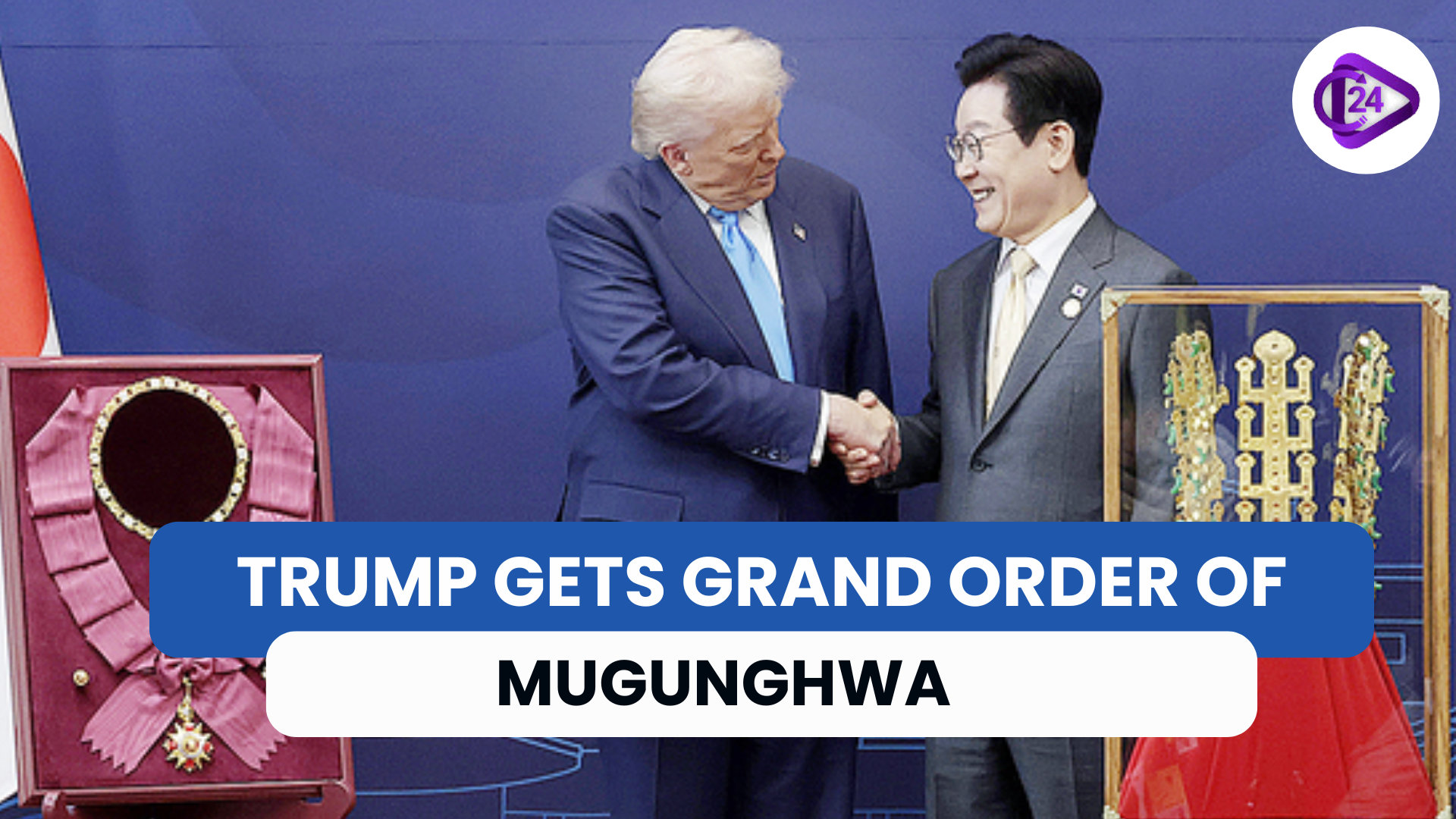 Trump Honored with South Korea’s Grand Order of Mugunghwa
Trump Honored with South Korea’s Grand Order of Mugunghwa






